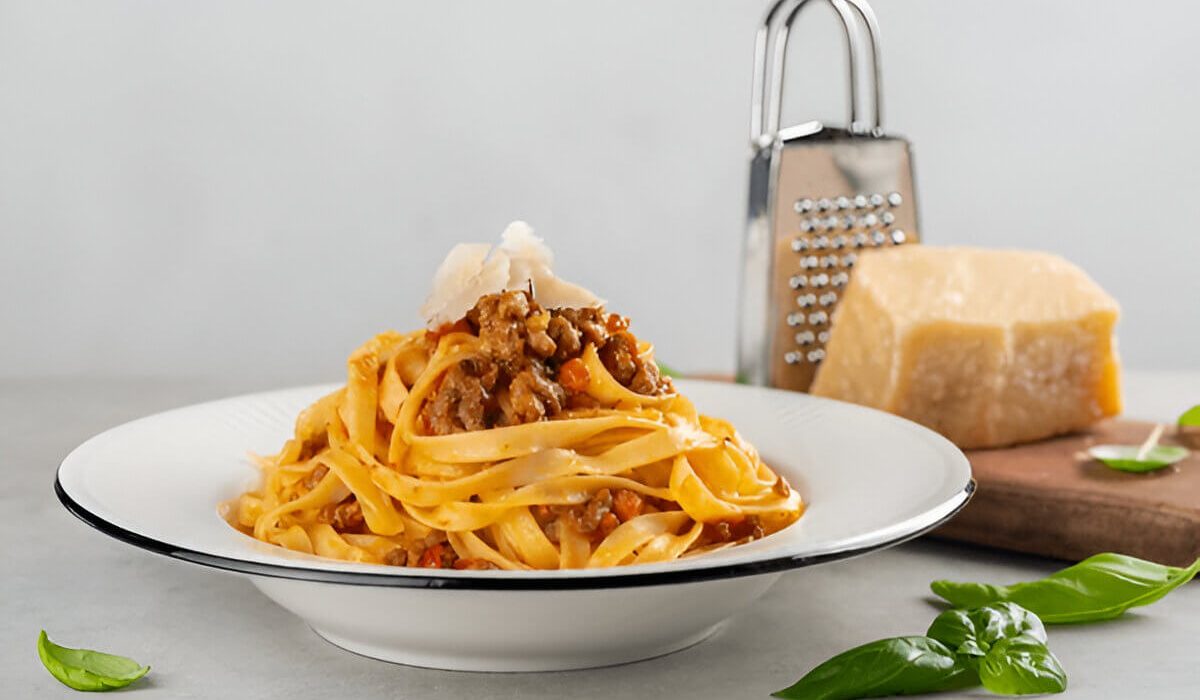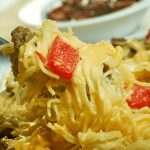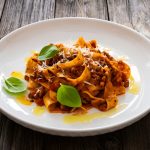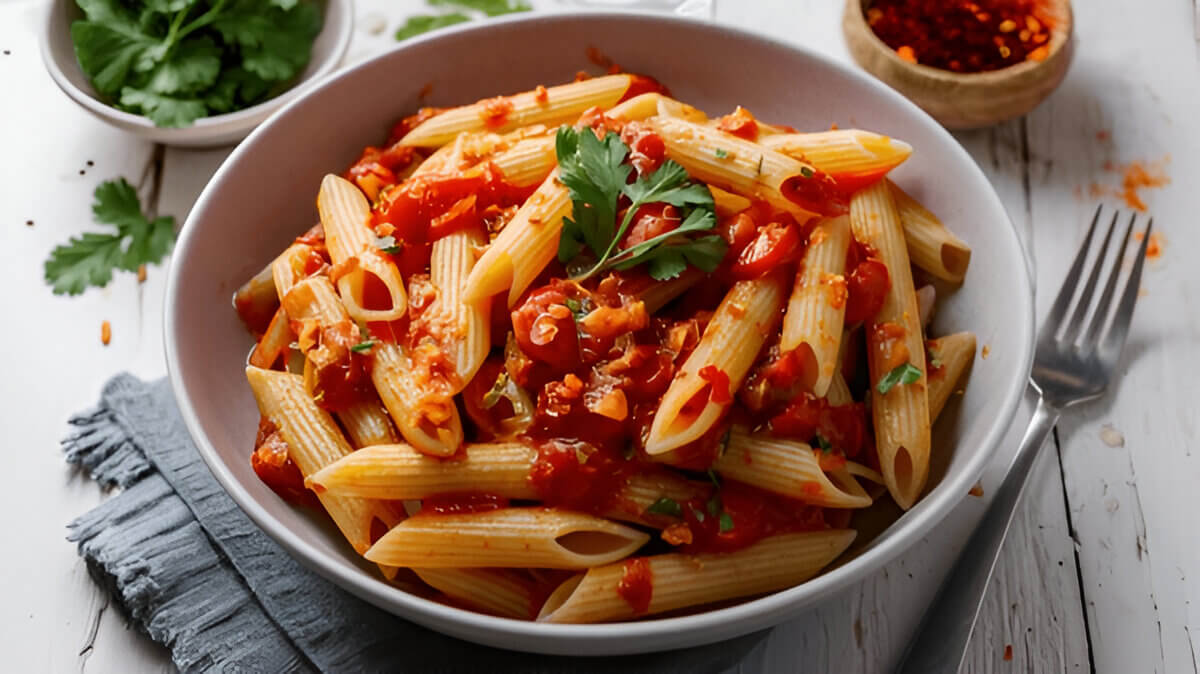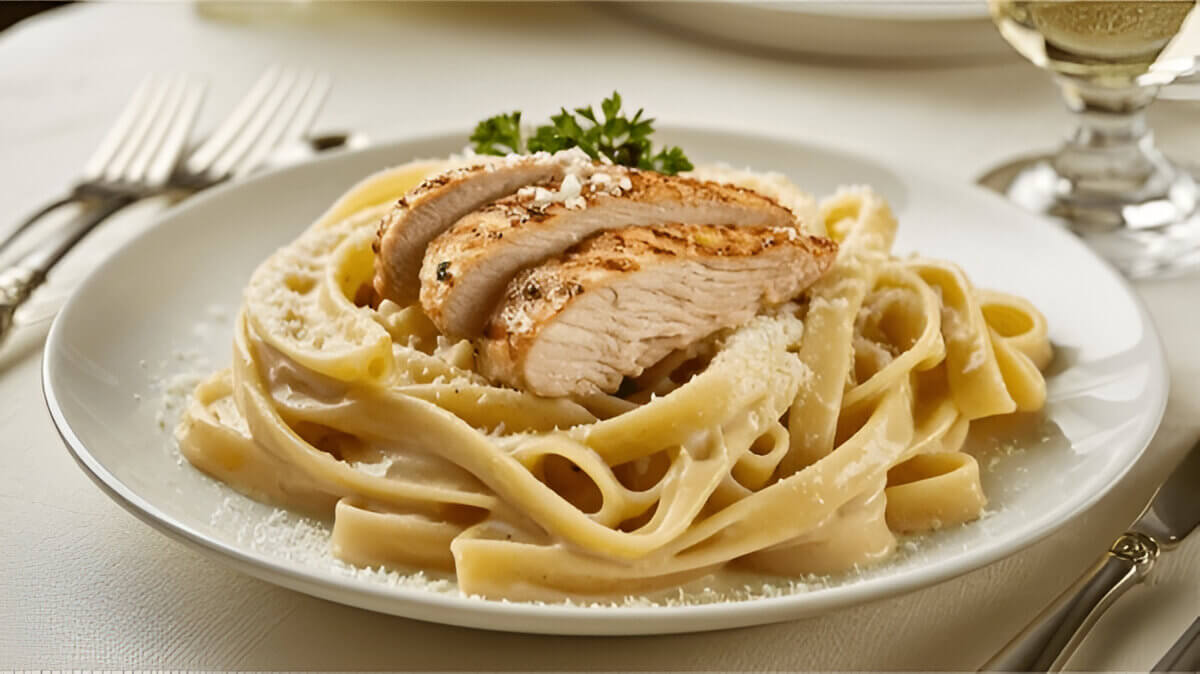Making homemade pappardelle is a rewarding way to bring authentic Italian flavors to your kitchen. This guide covers crafting this traditional pasta from scratch, emphasizing fresh ingredients and personalized flavors. Learn how to select ingredients, master dough preparation, and shape techniques for delicious and visually stunning pasta. Discover classic sauce pairings that perfectly complement these wide noodles. Whether a seasoned chef or home cook, this guide equips you to make exquisite pappardelle confidently.
Ingredients You’ll Need for Homemade Pappardelle Pasta
Making homemade pappardelle pasta is a rewarding culinary experience that begins with selecting the right ingredients. The pappardelle ingredients list is simple yet essential to achieving the perfect texture and flavor.
First and foremost, flour for pasta dough is critical. Traditionally, Italian cooks use “00” flour, which is finely milled and provides a silky texture to the pasta. However, all-purpose flour can also be used if “00” flour is not available. The choice of flour affects the dough’s elasticity and the final product’s tenderness.
Eggs play a vital role in making pasta from scratch. They add richness and color to the dough while contributing to its structure. Typically, you’ll need about one egg per 100 grams of flour, but this can vary slightly depending on humidity and other factors. Some recipes call for additional egg yolks for an even richer flavor.
A pinch of salt enhances the taste of your homemade pappardelle without overpowering its delicate flavors. While not always included in traditional recipes, a splash of olive oil can be added to create a more pliable dough that’s easier to work with.
Step-by-Step Guide to Making Perfect Pappardelle Pasta Dough
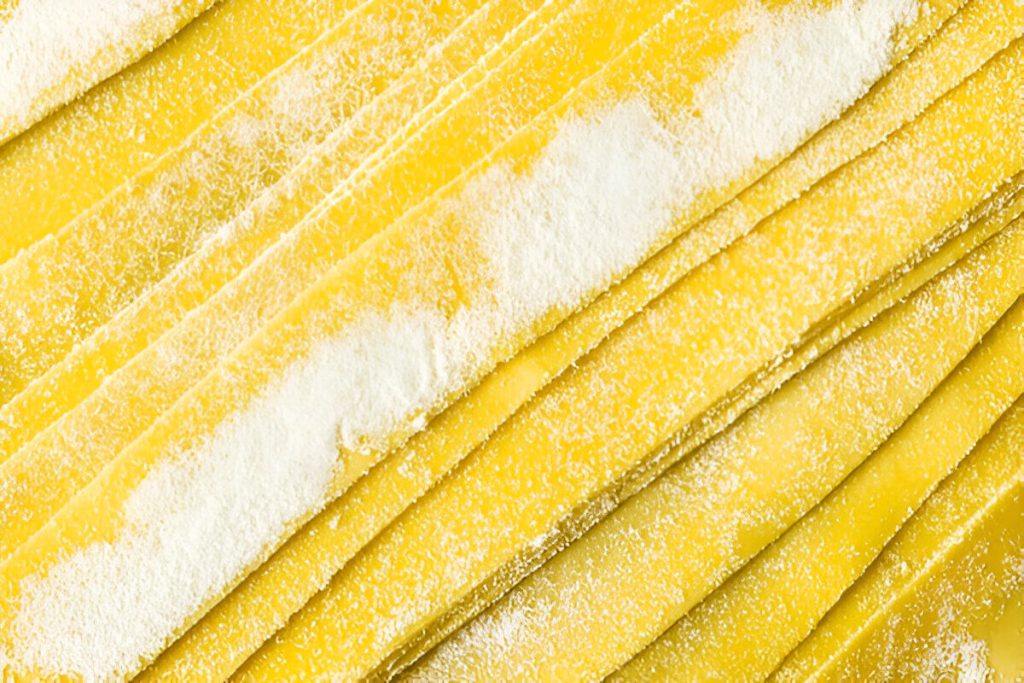
Creating perfect pappardelle pasta dough is a rewarding culinary endeavor that begins with understanding the essentials of dough preparation. To start, gather your ingredients: high-quality all-purpose flour or 00 flour and fresh eggs are the foundation of this classic Italian pasta.
Begin by forming a mound of flour on a clean surface, creating a well in the center for the eggs. Crack the eggs into this well and gently beat them with a fork, gradually incorporating the surrounding flour until a rough dough forms. This initial stage is crucial for achieving the right consistency.
Once mixed, it’s time to focus on kneading, a critical step in developing gluten which gives pasta its structure and elasticity. Knead the dough by hand for about 10 minutes until it becomes smooth and elastic. If you’re new to kneading pasta dough, remember that patience is key; apply steady pressure using your palms while folding and pushing away from you.
After kneading, allow your dough to rest, a vital step often overlooked but essential for relaxing gluten strands, making it easier to roll out later. Wrap your dough in plastic wrap or cover it with a bowl and let it rest at room temperature for at least 30 minutes.
When it’s time to roll out pappardelle, divide your rested dough into manageable portions. Using either a rolling pin or pasta machine, roll each portion into thin sheets (aiming for about 1/16 inch thickness) before cutting them into wide ribbons characteristic of pappardelle.
Cutting and Shaping Your Pappardelle Like a Pro
Mastering the art of slicing pappardelle noodles can elevate your homemade pasta dishes to new heights. The key is understanding the cutting techniques for wide noodles and applying a few simple shaping tips that will make your pasta look as good as it tastes.
Start by rolling out your pasta dough to an even thickness, ideally around 1/16th of an inch. This ensures that the noodles cook evenly and have a delightful texture. Once your dough is rolled out, it’s time to slice. Using a sharp knife or a pasta cutter, cut the sheet into strips approximately ¾ to 1 inch wide, this is the traditional width for pappardelle.
To achieve uniformity in slicing pappardelle noodles, you might want to use a ruler or another straight edge as a guide. Consistent width not only makes for more aesthetically pleasing noodles but also helps them cook at the same rate.
When it comes to shaping homemade pappardelle tips, gently dust each strip with semolina flour or all-purpose flour before loosely folding them into nests. This prevents sticking and makes it easier to handle them when you’re ready to cook.
By following these cutting techniques for wide noodles and taking care in shaping each piece, you’ll create beautiful pappardelle that will impress anyone lucky enough to share in your culinary creation.
The Best Sauces to Pair with Your Homemade Pappardelle
When it comes to pairing sauces with your homemade pappardelle, the options are as wide and inviting as the noodles themselves. Pappardelle, with its broad, flat ribbons, is perfect for capturing rich and hearty sauces. Here are some of the best sauces to complement your fresh pasta recipes.
First on the list is a classic Italian favorite: Bolognese sauce. This meaty ragu clings beautifully to pappardelle’s wide surface, allowing each bite to be a perfect blend of tender pasta and savory sauce. Made with ground meat, tomatoes, wine, and a medley of aromatic herbs and vegetables, Bolognese is a quintessential choice for those seeking traditional flavors.
For those who prefer something lighter yet equally flavorful, consider pairing your pappardelle with a creamy Alfredo sauce. The rich combination of butter, cream, and Parmesan cheese creates a luscious coating that enhances the pasta’s texture without overpowering it. This classic Italian sauce pairs wonderfully with fresh noodles for an indulgent treat.
Another excellent option is a wild mushroom sauce. Earthy mushrooms sautéed in garlic and olive oil create an umami-rich topping that complements the rustic quality of pappardelle. Add some cream or white wine for depth and finish with fresh parsley or thyme for an aromatic touch.
Lastly, don’t overlook the simplicity of Aglio e Olio, a minimalist yet delightful choice among sauces for pappardelle pasta. With just garlic sautéed in olive oil and a hint of red pepper flakes or lemon zest for brightness, this sauce allows the freshness of homemade noodles to shine through.
Each of these classic Italian sauces offers its own unique character when paired with wide noodles like pappardelle. Whether you prefer hearty meat-based ragus or lighter vegetable-infused concoctions, there’s no shortage of delicious possibilities to explore in your kitchen adventures!
Troubleshooting Common Issues When Making Pappardelle at Home
Making pappardelle at home can be a rewarding culinary experience, but it often comes with its own set of challenges. One common issue is dealing with sticky or dry dough. If your dough is too sticky, it may be due to excessive moisture. To fix this, gradually incorporate small amounts of flour until the dough reaches a smooth and elastic consistency. Conversely, if the dough feels dry and crumbly, adding a teaspoon of water or olive oil can help bring it back to life.
Another critical factor in perfecting homemade pappardelle is cooking time adjustments. Fresh pasta cooks significantly faster than dried pasta, typically within 2 to 4 minutes. To avoid overcooking, keep a close eye on the pot and test for doneness frequently by tasting the pasta as it cooks.
Finally, storing homemade pappardelle properly ensures that you can enjoy its freshness later without compromising quality. If you plan to use it within a day or two, lightly dust the noodles with flour and store them in an airtight container in the fridge. For longer storage, consider freezing the pasta by laying it flat on a baking sheet until frozen solid before transferring it to freezer bags.
By addressing these common issues with practical solutions, you can enhance your homemade pappardelle-making process and savor delicious results every time.



